How Phil Knight built Nike into of the biggest brands in the world and became a billionaire
Phil Knight was born on February 24, 1938. He ran track at the University of Oregon and graduated in 1959 with a degree in journalism. After serving in the army for a year, he went back to school to earn his MBA from Stanford’s Graduate School of Business.

Knight first came up with the idea for Blue Ribbon Sports — the company that later became Nike — during his time at Stanford. He teamed up with his college track coach from Oregon, Bill Bowerman, and each put in $500 to get the company off the ground.
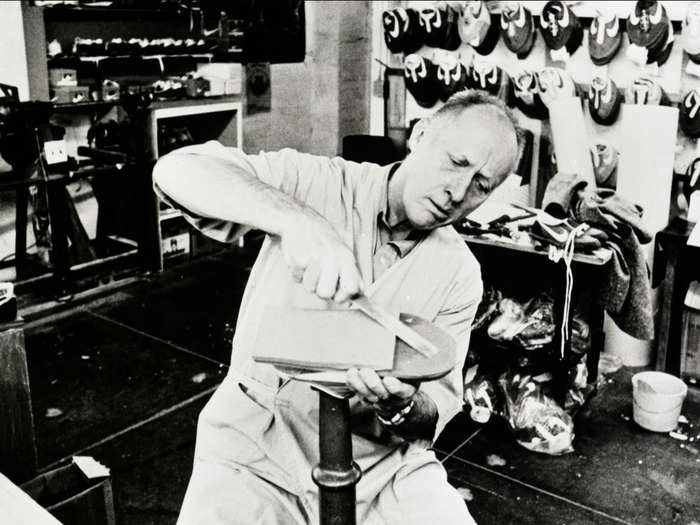
Source: Complex
BRS' strategy was to import Japanese sneakers called Onitsuka Tigers and sell them at higher price points in the US, making a profit on the markup. When Bowerman came up his own design for what became the brand’s signature rubber-waffled sole in 1971, BRS stayed in the Asian market and got the shoes produced there for much cheaper than competitors like Adidas, which operated out of Germany.

Source: Complex, The Oregonian
When the company officially rebranded as Nike in 1971, several well-known athletes were prominently sporting the shoes, doubling profits annually. Knight and Bowerman’s connections to the running community and focus on producing a high-quality product made Nike the top choice for professional athletes.
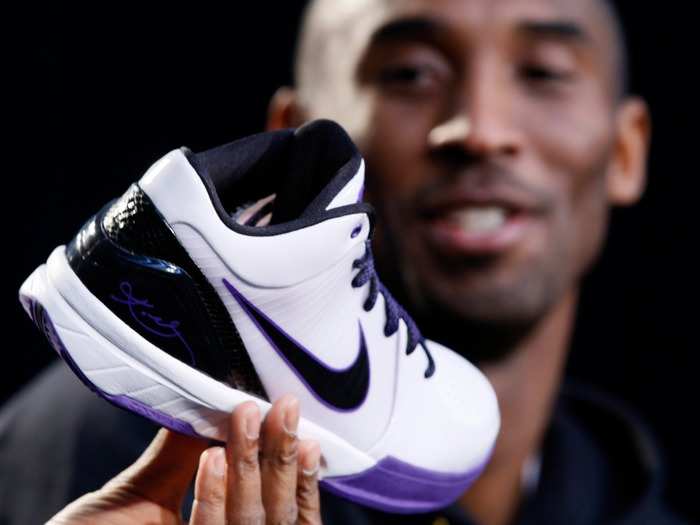
Source: Harvard Business Review
The company released the Nike Cortez in 1972 in tandem with the 1972 Olympics in Munich, and Knight ensured the shoes became a top choice of Olympic athletes. The Cortezes came in a variety of colors and debuted Nike’s now-ubiquitous “swoosh” logo, making them one of the first sneakers that appealed as much to fashion as to function.
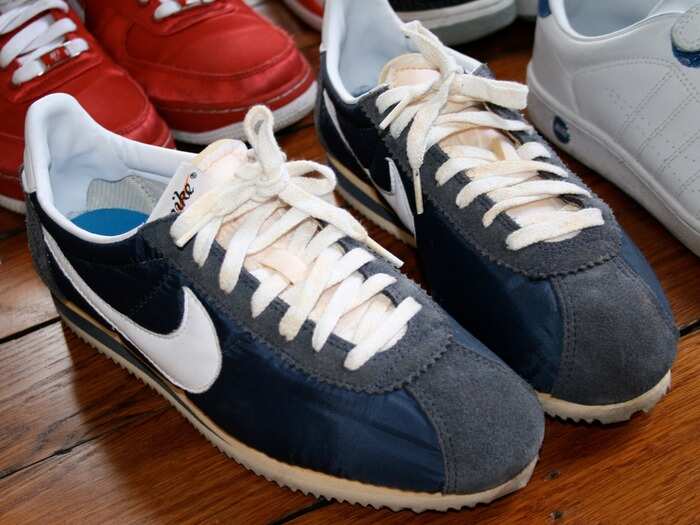
Source: The Atlantic
Nike grew quickly throughout the '70s and early '80s, and its revenue jumped from $28.7 million in 1973 to $867 million by 1983.
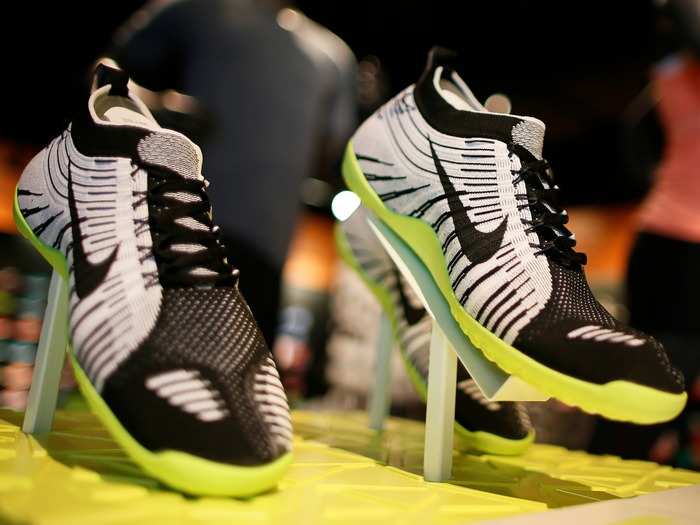
Source: ESPN
The company launched the now-ubiquitous Air Force 1 model in 1982. It was the first shoe to feature Nike Air, a pocket of air in the heel that provided additional cushioning and support to basketball players. It went on to become one of the most popular sneakers ever, and millions of pairs are still sold every year.
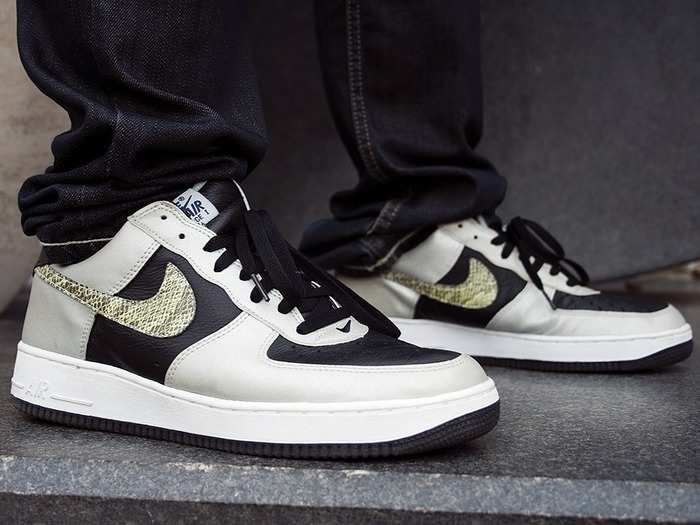
Source: The New York Times
One of Knight’s biggest accomplishments was signing Michael Jordan for an endorsement deal and launching Air Jordan, now one of the most successful sneaker franchises of all time. Nike courted Jordan in 1985, when he was a college basketball all-star on his way to the NBA. He signed a five-year contract for $500,000 a year, an unheard of number at the time.
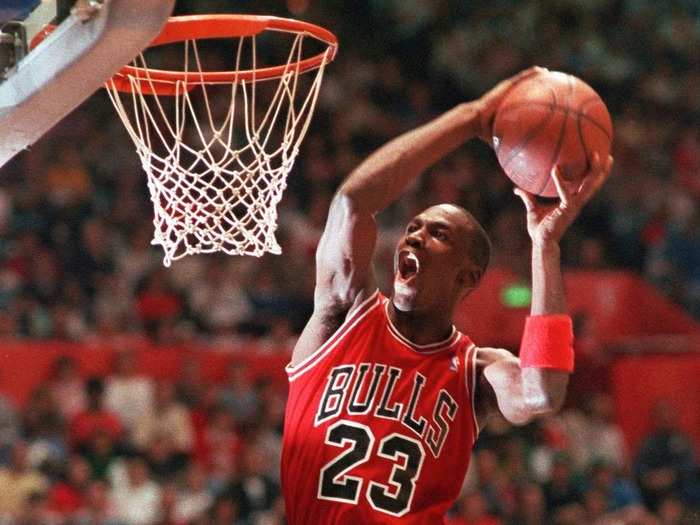
Source: ESPN
Air Jordans hit stores for $65 a piece in March of 1985, and by May, the company had sold $70 million worth of Jordans, earning more than $100 million in revenue from the shoe by the end of the year.
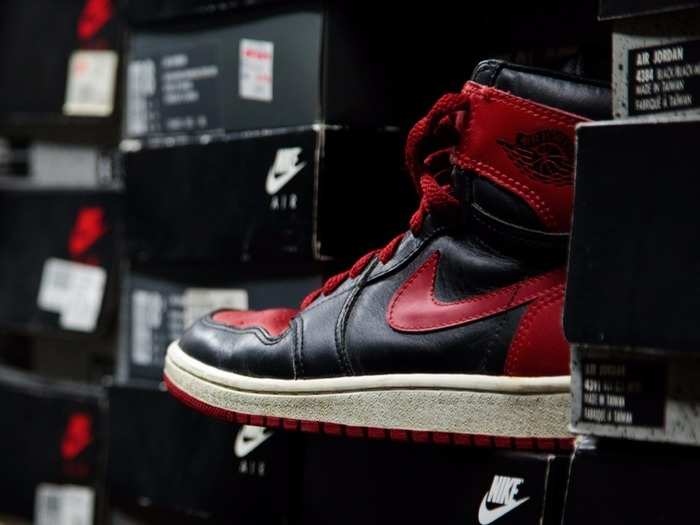
Source: ESPN
But when Nike’s sales began collapsing in the mid-'80s, Knight knew the company needed to make a major shift in its thinking. It was then that he realized although Nike was marketing to top athletes, the majority of its customers were average citizens, most of whom didn’t even use the shoes for sports.
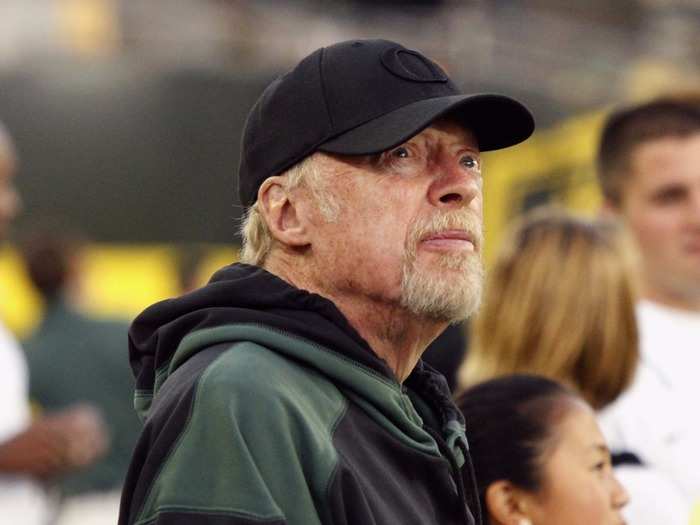
Source: Harvard Business Review
Knight altered Nike from a product-oriented company to a marketing-oriented one. He began appealing to the everyday customer, eventually turning around sales around. By the end of 1991, it had regained its footing, with sales totaling over $3 billion. “The most important thing we do is market the product,” Knight told the Harvard Business Review in 1992. “Marketing knits the whole organization together. The design elements and functional characteristics of the product itself are just part of the overall marketing process.”

Source: Harvard Business Review
Knight’s marketing genius stemmed from the fact that he didn’t focus on just selling shoes; he always made it about something more. At an industry conference in the mid-'70s, he pointed out an important distinction of his marketing scheme: He proclaimed he wasn’t in the shoe business — rather, he was in the entertainment business.
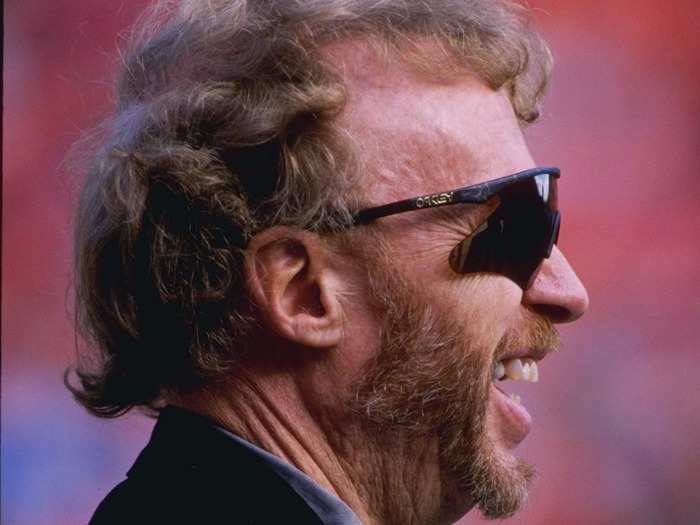
Source: ESPN
In the '90s, Nike faced another obstacle: The company had garnered a reputation for using sweatshops and unfair labor practices. Customers began boycotting the brand and protesting outside of its stores, creating a widespread distaste for Nike that lasted nearly a decade.

Source: Business Insider
Sales dropped so low that by 1998, Nike was forced to start laying off staff. Once again, Knight — who was CEO at the time — stepped in and made drastic changes to save the brand. He owned up to the company’s dismal reputation, raised the minimum wage it paid workers, improved oversight of labor practices, and made sure factories had clean air. Public perception began to turn around, and Nike found itself back on top.
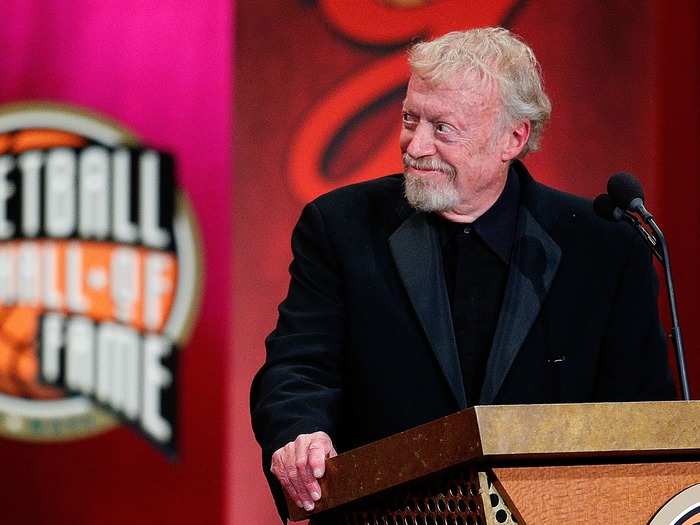
Source: Business Insider
The brand has stayed a powerhouse since. It controls a whopping 62% of athletic footwear brand share in the US, and its annual revenue tops $30 billion.

Sources: Business Insider, Forbes
Knight himself isn’t doing too poorly either: He’s worth a reported $21.6 billion and owns two private jets, a 2013 Gulfstream G650 and 1999 Gulfstream G-V.
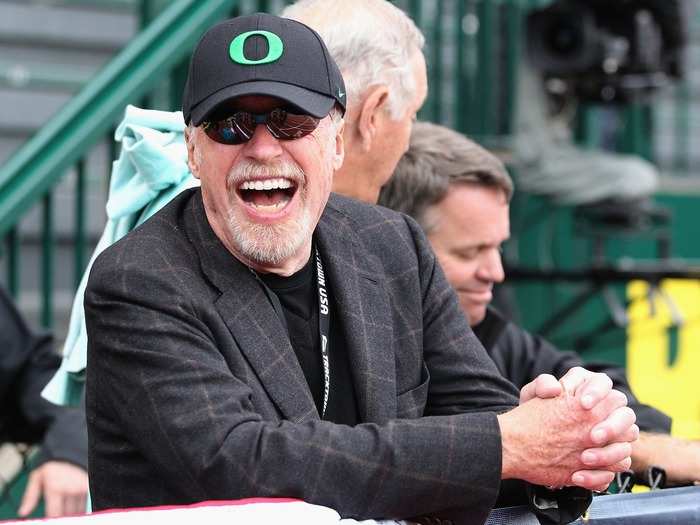
Source: Wealth-X
After 51 years devoted to Nike, 77-year-old Knight announced his plans to step down as chairman last month. He hasn’t given up the reins yet, but Nike said that it hopes to name Knight’s replacement by 2016.
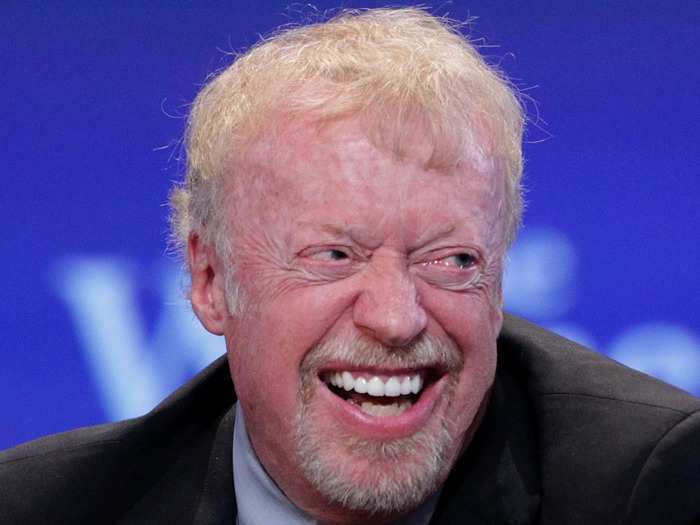
Source: Forbes
Popular Right Now
Advertisement